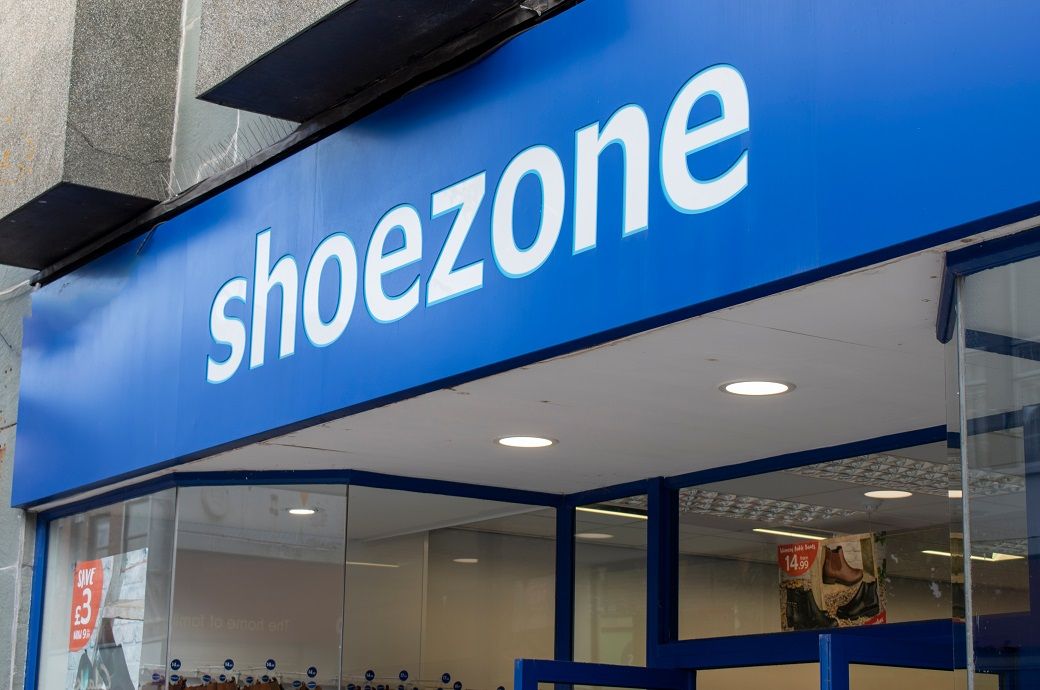What SONAR Is Telling Us This Week
Small carriers should check out this SONAR data to learn what the market did this week. The post What SONAR Is Telling Us This Week appeared first on FreightWaves.

If you’ve been hauling freight over the last few years, you already know—this market hasn’t been kind to small carriers. Rates have been stuck low. Fuel hasn’t offered much relief. And too many loads are posted without the pay to back them up.
But this week, the data is showing signs that the market might be starting to shift. Not in a drastic way—but enough that smart carriers can get ahead of it if they understand what’s happening.
The data we’re pulling from is called SONAR. It’s FreightWaves’ industry platform that shows real-time freight activity—spot rates, shipment volumes, rejection rates, and more. But we’re not going to throw a bunch of graphs at you and expect you to know what it means. We’re going to break it down in plain language so you can make better decisions with your truck and your time.
Spot Market Rates Are Climbing – Slowly, But It Matters

This chart shows the National Truckload Index (NTI). That’s the average linehaul rate per mile for dry van freight on the spot market.
This week, that number ticked up to $2.31 per mile.
That’s not a huge jump, but it’s meaningful. Two weeks ago, we were seeing spot rates hovering around $2.20. So this recent climb—about 5%—is the first clear sign of upward movement in a while.
What this means for you:
Rates are starting to inch up going into Memorial Day, which lines up with what typically happens seasonally. Retail freight, grilling supplies, beverage distribution—these all see a bump before the holiday. So if you’re running spot market, now’s a time to start dialing in to where those loads are popping.
But here’s the catch: don’t just chase posted numbers. Spot rates might be improving overall, but that doesn’t mean every broker’s going to offer it up freely. You’ve still got to negotiate like it’s your business, because it is.
Freight Volumes Are Increasing – That’s a Good Sign

This chart shows the Outbound Tender Volume Index (OTVI). That’s just a fancy way of saying how many shipments shippers are offering out to the market each day. The higher the number, the more freight is available to move.
This week’s number sits at 10,448. That’s slightly up from last week, and what’s more important—it’s stable. In a market that’s been shrinking or flat-lining, a consistent climb is a positive indicator.
What this means for you:
Shippers are putting more freight into the system. That means opportunities are starting to show up again. If you’ve been running the same lanes and seeing nothing but cheap or partial loads, it’s time to start exploring lanes where the volume is climbing. Because when freight gets tight, so does pricing—and that’s when you can take advantage.
Spot Rate Shifts by Region – The Map Is Turning Blue

This map shows where spot market rates are rising or falling by region. Blue means rates are going up. Red means they’re dropping.
What we’re seeing this week is a whole lot of light to dark blue across the Midwest, Southeast, and parts of Texas. That tells us one thing—carriers in those areas are getting better rates over the last few days.
What this means for you:
If you’re based in or near:
- Ohio, Indiana, or Kentucky
- Georgia or the Carolinas
- Dallas-Fort Worth or Houston
…you’re likely going to see stronger offers this week. That doesn’t mean chasing freight just because it pays slightly more—but if you’re already running those lanes, now’s the time to hold your ground on price and not settle for garbage just to stay moving.
Volume Hotspots – Where the Freight Is Coming From

This last map is all about where the most outbound freight is coming from. Darker blue means more volume, which means more opportunities. White or light areas are slow.
What stands out right now:
- California is heating up again (especially Southern California)
- Houston and Atlanta are consistently staying active
- Midwest markets like Chicago and Indianapolis are climbing back up
What this means for you:
You want to position your truck in zones where loads are abundant—because that’s where brokers have to compete more to get trucks. And when they’re competing, you get better rates. Think of it like this: in blue areas, you’re the one holding the leverage. In white zones, you’re just trying to stay loaded.
Other Things to Watch This Week – Don’t Miss the Bigger Picture
- Diesel costs remain elevated, especially in California and the Northeast. Make sure your lane strategy includes fuel-efficient planning—not just chasing gross revenue.
- Some carriers are running tighter this week, with roadcheck week just behind us. That means capacity is a little thinner than usual—and you might get a better rate if you’re available and reliable.
- Imports are rising on the West Coast, which means those port-adjacent markets like LA, Long Beach, and even Phoenix are going to be flooded with inbound loads needing redistribution soon.
Final Word – Here’s How to Move This Week
This is not a full rebound. Not yet.
But this is the kind of early movement that smart carriers can benefit from—if you know where to look and how to act.
Here’s what you should be doing right now:
- Get your breakeven dialed in and stop taking anything below it unless you absolutely have to
- Run lanes where the volume and rate maps align—blue to blue
- Use the holiday week to stack multiple short runs in good markets
- Push back on bad rates and get back to real negotiation
The market doesn’t owe you anything—but right now, it’s starting to give you options. If you know how to read SONAR, it doesn’t just give you information—it gives you a strategy.
And in this game, strategy always beats hustle.
The post What SONAR Is Telling Us This Week appeared first on FreightWaves.























































































































































